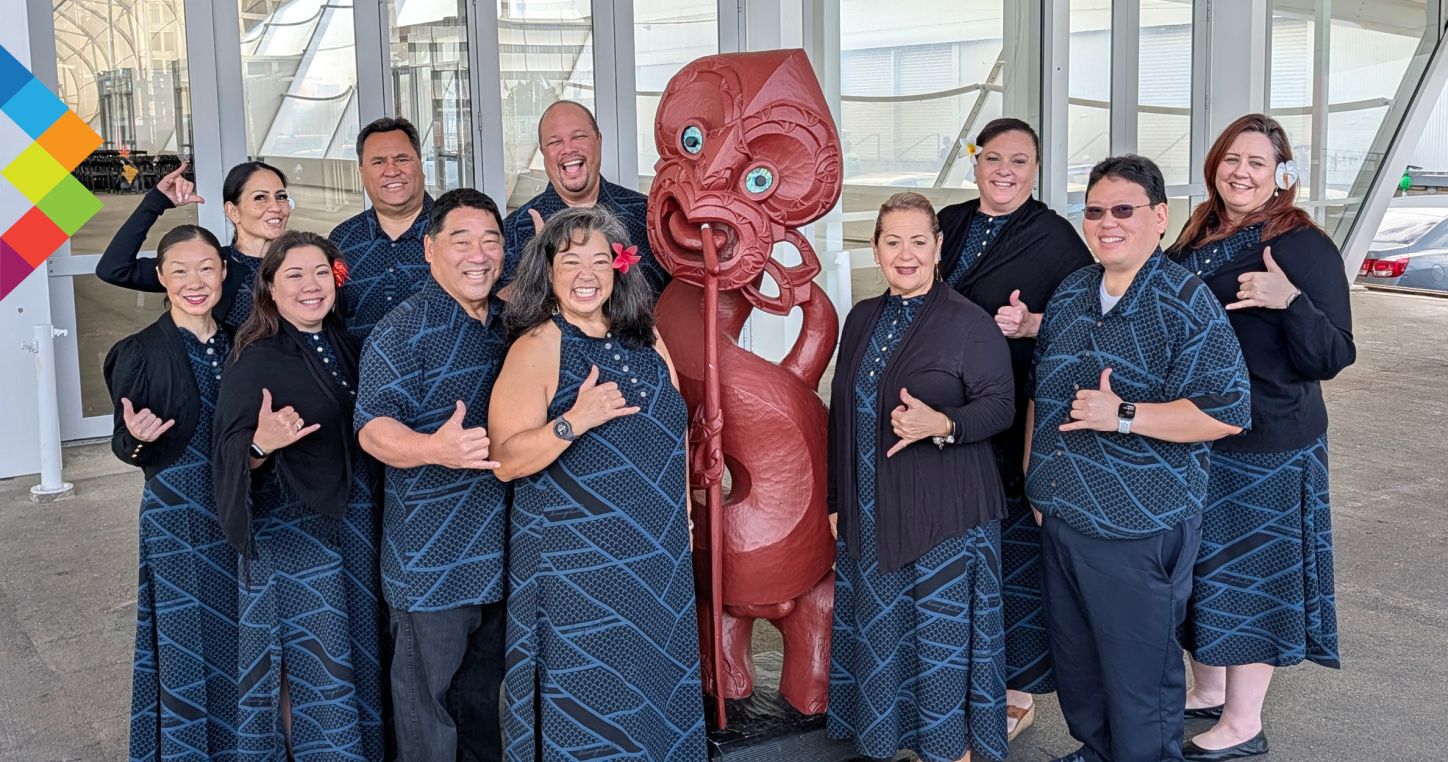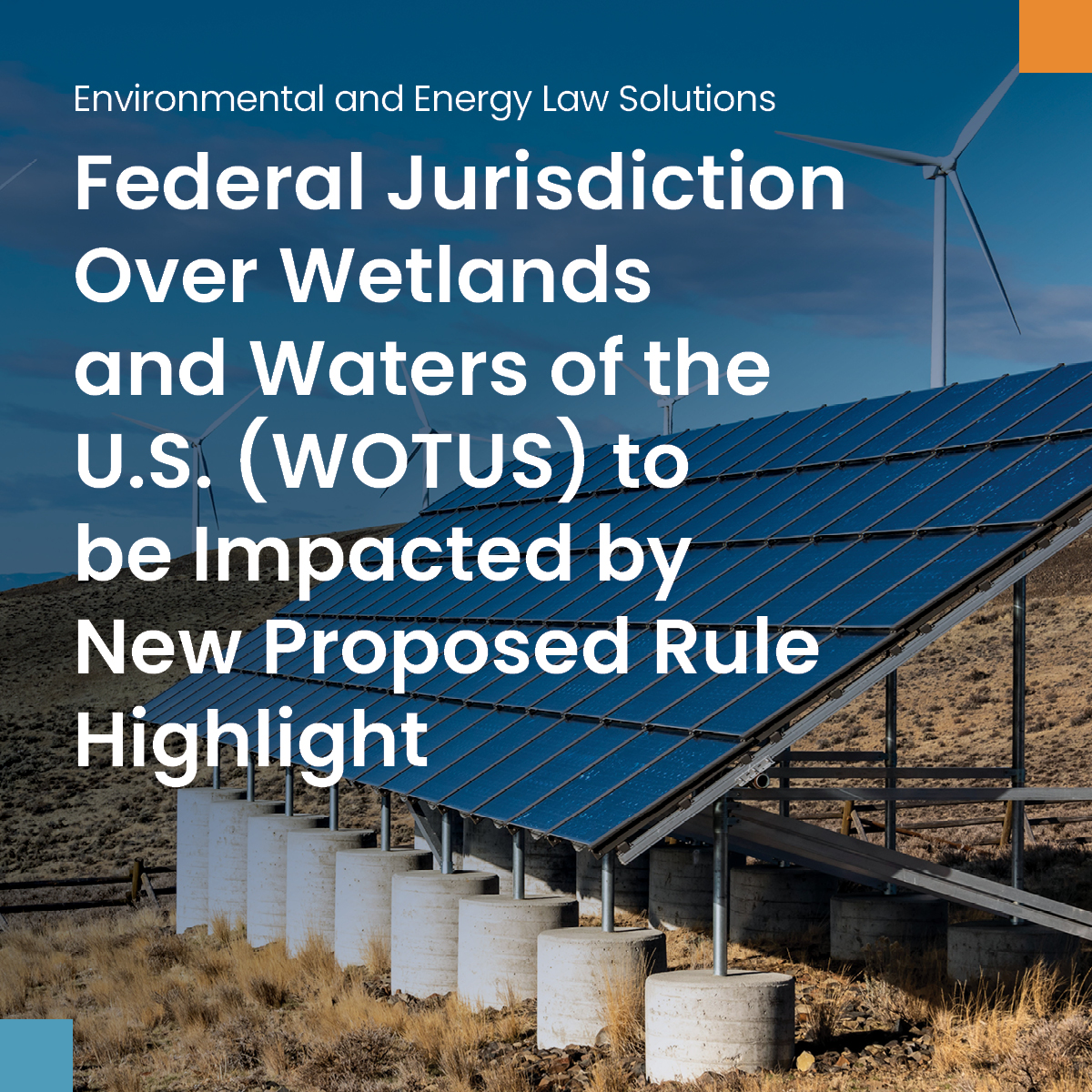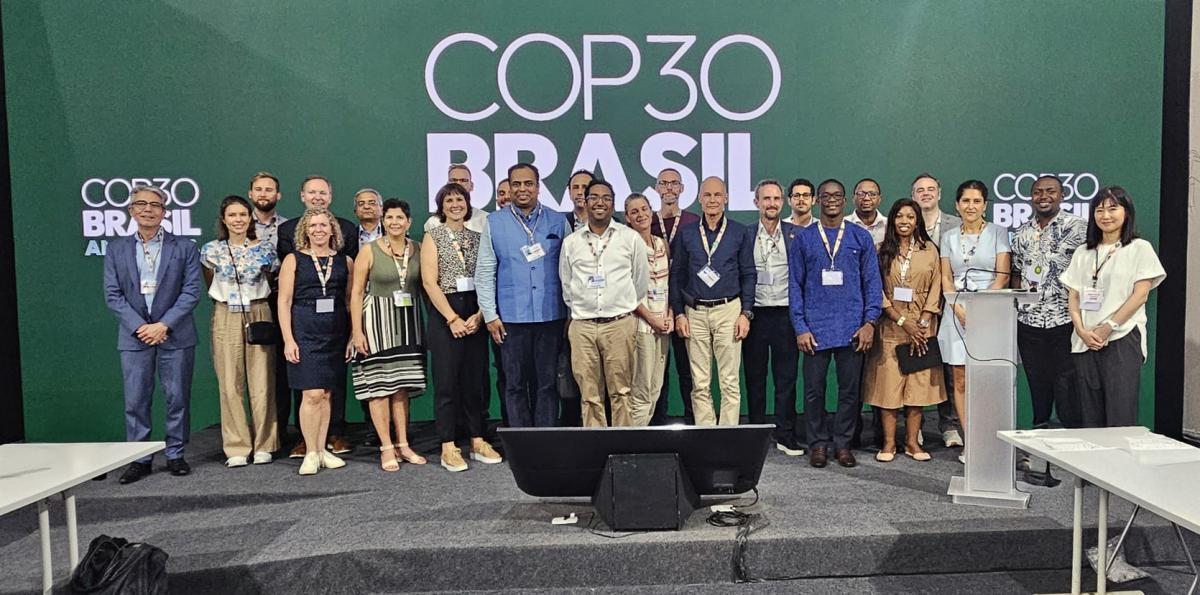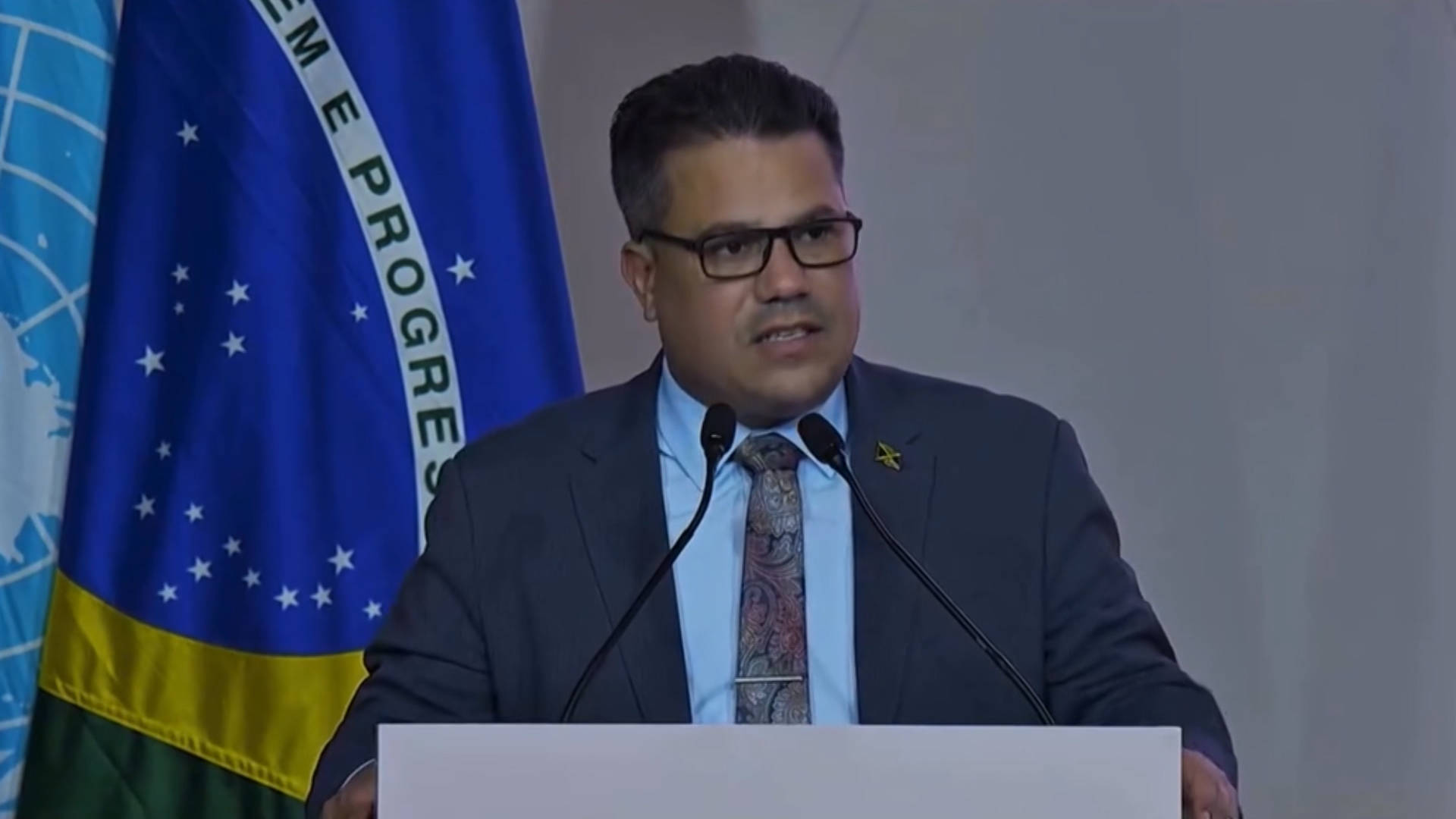EPA announces changes to ‘waters of the United States’ rule – Waste Dive

Report on the Revised U.S. Definition of “Waters of the United States” and its Implications for Sustainable Development Goals
Introduction and Regulatory Context
The United States Environmental Protection Agency (EPA) has announced a revised definition of “waters of the United States” (WOTUS) under the Clean Water Act. The stated objective of the Trump administration is to establish a “clear, durable, common-sense definition.” This initiative to refine environmental law directly engages with the principles of Sustainable Development Goal 16 (Peace, Justice and Strong Institutions), which calls for effective, accountable, and transparent institutions to create stable and predictable regulatory frameworks.
Alignment with Judicial Precedent and Impact on SDG 6 (Clean Water and Sanitation)
A primary driver for this revision is the 2023 U.S. Supreme Court ruling in Sackett v. EPA, which significantly narrowed the scope of federal jurisdiction over certain waters and wetlands. The new EPA proposal aims to conform the WOTUS definition to this ruling. This legal adjustment has profound implications for SDG 6 (Clean Water and Sanitation). By reducing the number of water bodies under federal protection, the revision may challenge efforts to ensure the availability and sustainable management of water, as more wetlands and tributaries could become vulnerable to pollution without federal oversight.
Key Revisions and Their Connection to SDGs
The proposed update introduces several specific clarifications with direct relevance to multiple SDGs. Key changes include:
- Clarification of “Excluded Waste Treatment System”: The proposal provides a more detailed definition of waste treatment systems exempt from WOTUS, specifying they include components like treatment ponds designed to remove pollutants. This directly relates to SDG 12 (Responsible Consumption and Production) by defining the regulatory landscape for industrial waste management and pollution control.
- Exclusion of Groundwater: The update explicitly clarifies that groundwater is not considered a “water of the United States.” This has significant implications for SDG 6, as groundwater is a vital source of clean drinking water, and its exclusion from this federal definition shifts the primary responsibility for its protection to state-level authorities.
Implications for Waste Management and Sustainable Infrastructure (SDG 11 & SDG 12)
The WOTUS definition is critical for the waste management industry, as facilities such as landfills often require federal water permits. The industry has viewed the Sackett decision and the subsequent regulatory rollback as potentially beneficial. The anticipated outcomes for the industry, which align with infrastructure development aspects of SDG 11 (Sustainable Cities and Communities), include:
- A potential easing of federal enforcement pressure on solid waste facilities.
- A reduction in potential construction barriers for landfill development or expansion, particularly near areas previously classified as wetlands.
- An overall reduction in permitting costs and administrative delays, which could expedite the development of waste management infrastructure.
These changes highlight a central tension in achieving sustainability goals: balancing the need for efficient waste management infrastructure (a target of SDG 11) with the imperative to protect water resources and ecosystems.
Broader Environmental Impact on Ecosystems (SDG 14 & SDG 15)
The narrowing of the WOTUS definition poses significant risks to biodiversity and ecosystem health, directly impacting the achievement of key environmental SDGs.
- SDG 15 (Life on Land): Wetlands are critical ecosystems that support immense biodiversity, filter water, and prevent flooding. Reducing their federal protection could accelerate their degradation, undermining the goal of halting biodiversity loss and protecting terrestrial ecosystems.
- SDG 14 (Life Below Water): The health of rivers, lakes, and coastal waters is dependent on the protection of their upstream tributaries and wetlands. A reduction in federal oversight could lead to increased pollutant runoff into these larger bodies of water, threatening aquatic life and the sustainability of marine and freshwater ecosystems.
Conclusion: Federal Jurisdiction and State-Level Responsibility
The proposed WOTUS revision represents a significant shift in the federal government’s approach to water protection. While it may reduce federal regulatory requirements, EPA officials have noted that the rule does not limit the authority of states to implement their own, more stringent water protection measures. This decentralization of environmental oversight underscores the critical role of state-level governance in achieving national and global sustainability targets, particularly those related to clean water and ecosystem preservation.
Analysis of SDGs, Targets, and Indicators
1. Which SDGs are addressed or connected to the issues highlighted in the article?
The article discusses the revision of the “waters of the United States” (WOTUS) definition under the Clean Water Act, which has direct implications for water quality, waste management, ecosystem protection, and governance. The following SDGs are connected to these issues:
- SDG 6: Clean Water and Sanitation: This is the most central SDG, as the entire article revolves around the Clean Water Act, which aims to protect the nation’s water resources from pollution. The discussion focuses on federal jurisdiction over waters and the permitting requirements for industries like waste management.
- SDG 11: Sustainable Cities and Communities: The article explicitly mentions the waste industry, landfills, and waste treatment systems. These are critical components of urban and community infrastructure, and their regulation, particularly regarding environmental impact, is a key aspect of sustainable community management.
- SDG 12: Responsible Consumption and Production: The management of waste, including the operation of “waste treatment systems” and landfills, is a core component of this goal. The article details how regulations affect the environmentally sound management of waste to prevent water pollution.
- SDG 15: Life on Land: The article highlights the impact of the WOTUS definition on wetlands. The Supreme Court’s Sackett v. EPA decision and subsequent regulatory changes directly affect the scope of federal protection for these critical ecosystems, which are part of inland freshwater ecosystems.
- SDG 16: Peace, Justice and Strong Institutions: The article describes the process of environmental governance, including the roles of the EPA, the Supreme Court, and different presidential administrations in defining and implementing environmental law. It showcases the development of legal frameworks and institutional processes for environmental protection.
2. What specific targets under those SDGs can be identified based on the article’s content?
Based on the issues discussed, several specific SDG targets can be identified:
- Target 6.3: By 2030, improve water quality by reducing pollution. The article’s focus on the Clean Water Act and the permitting requirements for waste facilities that “have the potential to impact a ‘water of the United States'” directly relates to efforts to control and reduce water pollution from industrial sources.
- Target 6.5: By 2030, implement integrated water resources management at all levels. The debate over the WOTUS definition is a clear example of water resource management policy. The article discusses the interplay between federal jurisdiction (EPA) and state-level authority, noting that states may have “additional water permitting requirements.”
- Target 11.6: By 2030, reduce the adverse per capita environmental impact of cities, including by paying special attention to… municipal and other waste management. The article’s discussion of how the WOTUS rule affects landfills and waste treatment systems is directly linked to managing the environmental impact of waste.
- Target 12.4: By 2020, achieve the environmentally sound management of chemicals and all wastes throughout their life cycle… and significantly reduce their release to… water. The article details the clarification of regulations for “waste treatment systems,” which are “designed to either convey or retain, concentrate, settle, reduce, or remove pollutants… from wastewater prior to discharge,” directly addressing this target.
- Target 15.1: By 2020, ensure the conservation… and sustainable use of… inland freshwater ecosystems and their services, in particular… wetlands. The article explicitly mentions that the Sackett v. EPA decision “rolled back the scope of federal jurisdiction over certain waters and wetlands” and that the presence of wetlands is a factor in landfill construction, linking the WOTUS definition directly to wetland conservation.
- Target 16.6: Develop effective, accountable and transparent institutions at all levels. The article describes the EPA’s process of proposing a “clear, durable, common-sense definition” for WOTUS to reduce confusion and red tape, which is an effort to create more effective and predictable environmental regulation.
- Target 16.7: Ensure responsive, inclusive, participatory and representative decision-making at all levels. The article explicitly states that “The public will have 45 days to comment on the proposal once it’s published in the Federal Register,” which is a direct mechanism for participatory decision-making in the regulatory process.
3. Are there any indicators mentioned or implied in the article that can be used to measure progress towards the identified targets?
The article, being focused on policy and legal changes, implies several qualitative and process-oriented indicators rather than quantitative data:
- Indicator for Target 6.3 & 12.4: The legal and regulatory definition of “waters of the United States.” The scope of this definition, as discussed throughout the article, directly determines which water bodies are protected from pollution under the Clean Water Act and which industries require federal permits. The specific definitions for “excluded waste treatment system” serve as a sub-indicator of regulatory clarity.
- Indicator for Target 15.1: The scope of federal jurisdiction over wetlands. The article implies this as a key outcome of the Sackett v. EPA ruling and the revised WOTUS definition. A change in this scope is a direct measure of the level of federal protection afforded to these ecosystems.
- Indicator for Target 16.7: The existence and duration of a public comment period for new regulations. The article explicitly mentions the “45 days to comment on the proposal,” which serves as a concrete indicator of a participatory process.
- Indicator for Target 6.5 & 16.6: The number and nature of legal challenges and revisions to environmental regulations. The article’s narrative, spanning multiple administrations and court cases like Sackett v. EPA, implies that the stability and clarity of the WOTUS definition are measures of effective water resource management and institutional performance. The stated goal to “reduce confusion — and reduce permitting costs and red tape” points to efficiency as a measure of progress.
4. Summary Table of SDGs, Targets, and Indicators
| SDGs | Targets | Indicators Identified in the Article |
|---|---|---|
| SDG 6: Clean Water and Sanitation | 6.3: Improve water quality by reducing pollution. 6.5: Implement integrated water resources management. |
The legal definition of “waters of the United States” (WOTUS) determining the scope of federal protection; Clarity on federal vs. state permitting requirements. |
| SDG 11: Sustainable Cities and Communities | 11.6: Reduce the adverse environmental impact of cities, focusing on waste management. | Regulations governing the construction and expansion of landfills and waste facilities in relation to nearby waters. |
| SDG 12: Responsible Consumption and Production | 12.4: Achieve environmentally sound management of wastes to reduce their release to water. | The specific definition and regulatory status of “waste treatment systems” designed to remove pollutants from wastewater. |
| SDG 15: Life on Land | 15.1: Ensure the conservation of inland freshwater ecosystems, particularly wetlands. | The scope of federal jurisdiction and protection over wetlands, as modified by the Sackett v. EPA ruling and subsequent WOTUS definitions. |
| SDG 16: Peace, Justice and Strong Institutions | 16.6: Develop effective, accountable and transparent institutions. 16.7: Ensure responsive, inclusive, and participatory decision-making. |
The process of revising environmental regulations to provide clarity and reduce administrative burden; The provision of a 45-day public comment period on the proposed rule. |
Source: wastedive.com
What is Your Reaction?
 Like
0
Like
0
 Dislike
0
Dislike
0
 Love
0
Love
0
 Funny
0
Funny
0
 Angry
0
Angry
0
 Sad
0
Sad
0
 Wow
0
Wow
0















































































